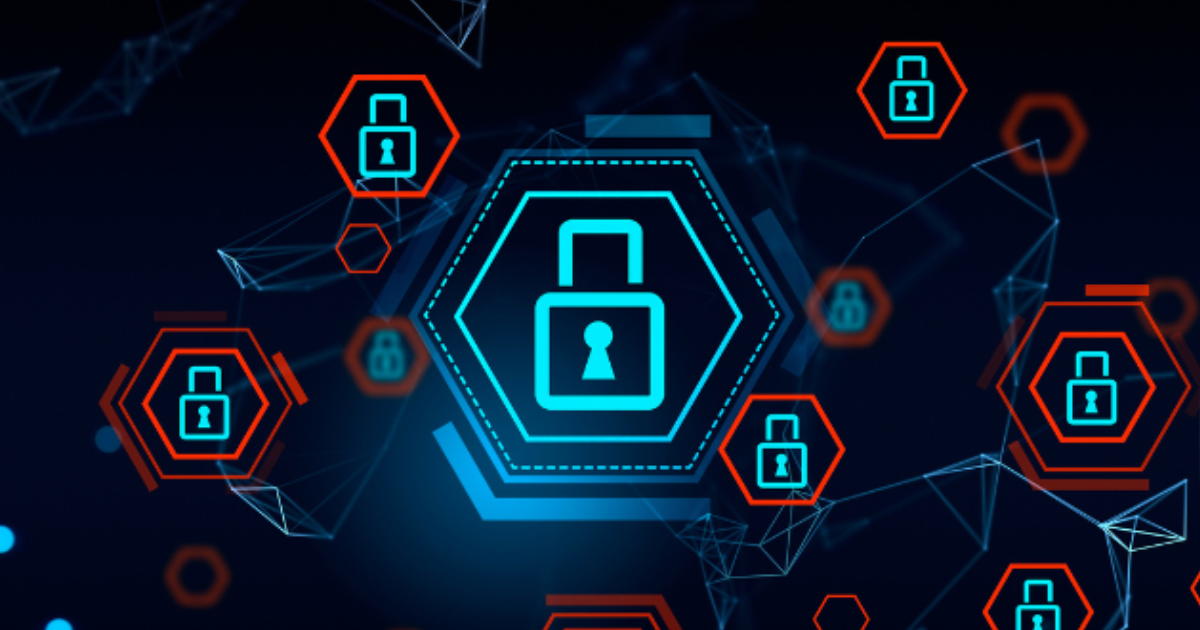Is Your Team Aware of These New ChatGPT Phishing Scams?

Phishing scams have long been a thorn in the side of internet users, and their methods have evolved over time. Traditionally, these scams were often easy to spot due to their tell-tale signs, such as poor grammar, misspelled words, and pushy messages.
However, cybercriminals are constantly finding new ways to make their scams more realistic and convincing. One such technique gaining traction is the use of ChatGPT, a powerful language model developed by OpenAI.
In this article, we will explore how criminals are leveraging ChatGPT to perpetrate phishing scams and provide valuable tips for spotting and avoiding these increasingly sophisticated attacks.
The Rise of ChatGPT Phishing Scams
With the advent of advanced artificial intelligence (AI) technology, scammers now have access to tools that enable them to create highly convincing phishing messages. ChatGPT, in particular, has become a popular choice. This is because of its ability to generate human-like responses and engage in natural conversations. By using ChatGPT, cybercriminals can craft phishing messages that appear genuine and trustworthy, making it harder for unsuspecting individuals to identify them as fraudulent.
What are the Characteristics of ChatGPT Phishing Scams?
While traditional phishing scams often had noticeable flaws, ChatGPT phishing scams are designed to be more sophisticated and deceptive. These scams typically exhibit the following characteristics:
Enhanced Grammar and Spelling
One of the hallmarks of traditional phishing scams was their poor grammar and misspelled words. However, ChatGPT phishing scams are crafted with more attention to detail, employing correct grammar and spelling to create a more authentic appearance. This improvement in linguistic accuracy makes it more challenging for users to discern between legitimate messages and phishing attempts.
Contextual Understanding
ChatGPT is capable of understanding and responding contextually to user inputs, allowing scammers to engage in more coherent and realistic conversations. By using this capability, cybercriminals can tailor their messages to specific situations or topics, thereby increasing the likelihood of successful phishing attempts. This contextual understanding adds a layer of sophistication that was previously absent in traditional scams.
Personalization
ChatGPT enables scammers to personalize their messages by incorporating information about the recipient. By including details such as the recipient’s name, location, or past interactions, scammers can create an illusion of familiarity and trustworthiness. This personalization tactic makes it increasingly difficult for individuals to distinguish between legitimate and fraudulent messages.
Tips for Spotting and Avoiding ChatGPT Phishing Scams
While ChatGPT phishing scams may appear more convincing, there are still ways to spot and avoid falling victim to them. Consider the following tips to protect yourself and your team from security risks:
Scrutinize the Message
Examine the content of the message carefully. Look for any unusual requests, suspicious links, or attachments. Pay attention to the grammar and spelling, as even though ChatGPT scams have improved in this aspect, they may still exhibit minor inconsistencies or errors.
Verify the Sender
Always verify the legitimacy of the sender before responding or providing any sensitive information. Check the email address or domain carefully for any irregularities or inconsistencies. If the message claims to be from a reputable organization, cross-reference the contact details with those available on the organization’s official website.
Exercise Caution with Personal Information
Be wary of any message that requests personal or financial information. Legitimate organizations typically do not ask for sensitive data through unsolicited emails or messages. Avoid clicking on links or downloading attachments unless you are confident about their source and authenticity.
Double-Check URLs
Hover over links in the message to reveal the underlying URL. Verify if the URL matches the legitimate website it claims to be. Look for any misspellings, additional characters, or suspicious domain extensions.
Use Multi-Factor Authentication (MFA)
Enable multi-factor authentication whenever possible. MFA adds an extra layer of security by requiring additional verification steps, making it more difficult for scammers to gain unauthorized access to your accounts.
Educate and Train Your Team
Regularly educate your team about the risks of phishing scams and provide training on how to identify and avoid them. Encourage them to report any suspicious messages or incidents promptly.
Protect Yourself Today
As cybercriminals continue to innovate their tactics, it is crucial to stay vigilant and adapt your approach to online security. The emergence of ChatGPT phishing scams poses a significant threat to individuals and organizations alike. By familiarizing yourself with the characteristics of these scams and employing the tips outlined in this article, you can better protect yourself and your team.
If you encounter a potential phishing attempt, report it to your IT department or the appropriate authorities, and contact Copperband Tech today for more information on how to protect your organization from evolving cyber threats.






